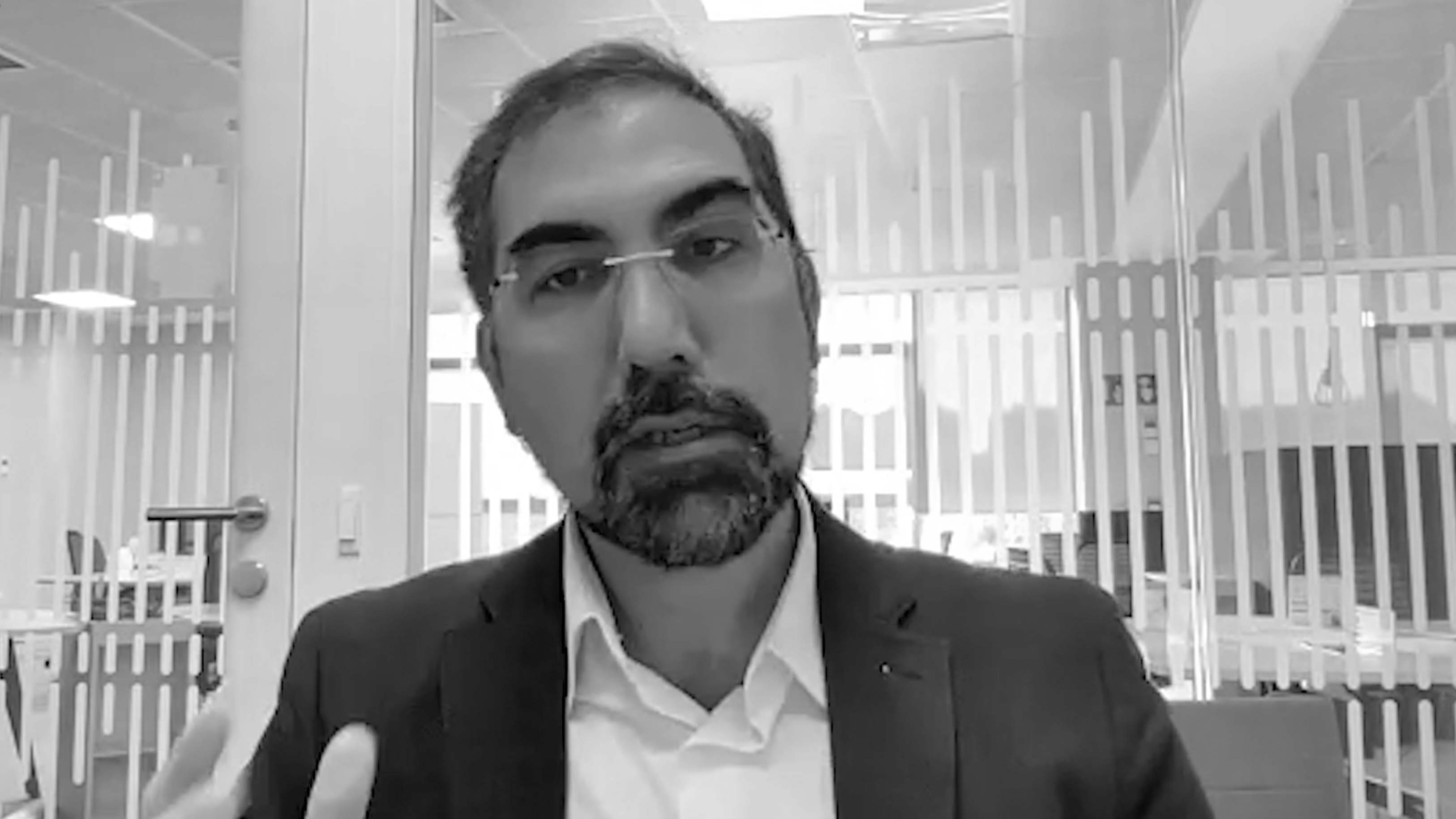Most health insurance companies understand that automating tasks can help them save time and money. However, they may be hesitant to adopt intelligent automation if they are experiencing anxiety about making the shift. If they are feeling fearful, their fears probably lie in one or more of the following areas:
- Security and safety of systems and data;
- Perceived impact on employee job security;
- Achieving transparency with digital employees or bots;
- Ensuring that their initial investment will live up to IT industry hype.
It is important to understand that the same security measures that apply to the human workforce apply to bots, which are also known variously as “automations,” “digital agents,” and “digital workers.”
Some companies in the health sector worry that when they permit an IT provider like NTT DATA to build their bots, they will lose control over where their data resides. They also wonder how their systems will be accessed. NTT DATA assures our health clients that their bots will work in their environments on their premises; they will not be moved offshore. This is important to remember as we build the roadmap for intelligent automation. It must work with its security team to ensure that user credentials for automation are in place; these automations, or bots, need them just as human workers do. Arranging for non-human access often requires a shift in mindset.
There is a popular misconception that when automation arrives, people disappear – when in fact, intelligent automation can empower existing human workers to do their work better.
There is a popular misconception that when automation arrives, people disappear – when in fact, intelligent automation can empower existing human workers to do their work better. For example, a member services agent can be paired with a virtual cognitive agent to help the human worker provide better service to members. The virtual agent can listen and do behind-the-scenes research, supporting its human counterpart with relevant member information in real-time, as well as suggesting next steps. It can even automate the transcription of the call. Thus, the member services agent becomes better supported than ever, which positively impacts service delivery and happier members.
Additionally, robotic process automation provides man/machine intelligent automation in the front, middle and back offices, enabling the client’s business to grow organically and increase revenue. For example, during the Covid-19 pandemic, health insurance providers have seen a massive expansion of Medicaid claims, and it has emerged as a new line of business for them. With intelligent automation, they can eliminate human labour and allocate employees to this new endeavour without hiring more people – doing more work with the same number of employees and preserving jobs.
This evolving nature of work brings the possibility that some people won’t adapt to the change, so NTT DATA has created a powerful organisational change management practice to help work this crucial human element into the implementation process. We empower health insurance companies with strategies that improve employee acceptance of intelligent automation; these strategies include incentivising employees with new jobs and monetary rewards when they suggest workflows that can be automated. Ensuring employee buy-in helps establish an automation-first mindset across the enterprise.
Keeping tabs on digital employees
It is important to manage digital employees in the same transparent manner that their human counterparts are managed, so managers can remain aware of what they are doing. That is why NTT DATA created a patented, hybrid command centre exclusively for automation management. For example, suppose a nursing supervisor is managing a 40-member staff. In that case, 20 of whom are human and 20 of which are automations, they need to be able to evaluate their capacity and quality of work at all times.
Our hybrid command centre provides key information from the workflow engine to enable the supervisor to keep a finger on the pulse of what the nurses and bots are doing. In addition, upfront operation analytics help the business owner of the transactions stay “in the know.” With our hybrid command centre, the nursing supervisor can own the supervision of the bot (just as if it were human by seeing the entire business in real-time) and maintain a complete understanding of who – or what – is performing which tasks.
The care management team continues to make the decisions, but the bots can take care of repetitive administrative tasks, such as researching records or doing predictive modeling. For example, in the past, nurses could spend as much as 20 minutes researching member conferences, but the bot can now accomplish this task in advance and free the nurse to spend more time conferring with the patient or consulting with another one.
Using a benefits modelling methodology creates an accurate expectation of return on value and total cost of ownership – quantifying ROI and aligning roadmaps with business strategy.
Health plans are sometimes afraid they may not achieve the value they’re hoping for with an intelligent automation implementation. However, using a benefits modelling methodology before implementing factors in the plan’s strategic objectives creates an accurate expectation of return on value and total cost of ownership.
This methodology quantifies return on investment (ROI), and the unique roadmap we create for each plan is aligned with the healthcare provider’s business strategy. It establishes a reliable way to measure the consumer experience and all values impacted by intelligent automation. A dashboard, such as we have in our hybrid command centre, gives health providers visibility into their business processes to accurately measure productivity and generate more revenue and profit.
Getting past the fear and making the leap
NTT DATA has 15 years of experience in making the shift to intelligent automation. We have learned many valuable lessons while undergoing the experience with our organisation, and we coupled that knowledge with the expertise we’ve acquired in our organisational change management practice. As a result, this experience has enabled us to develop the best practices that now benefit our clients.
















